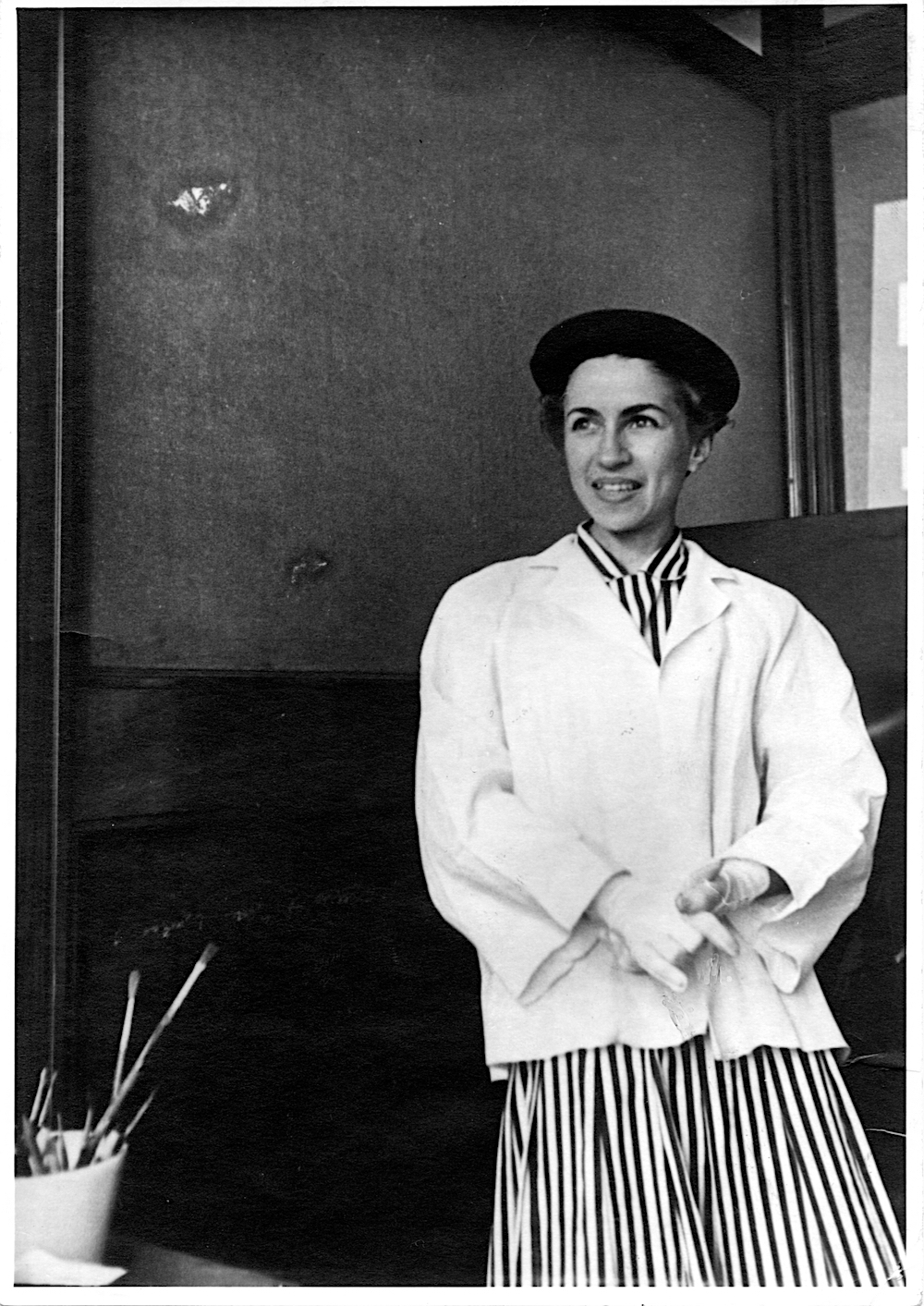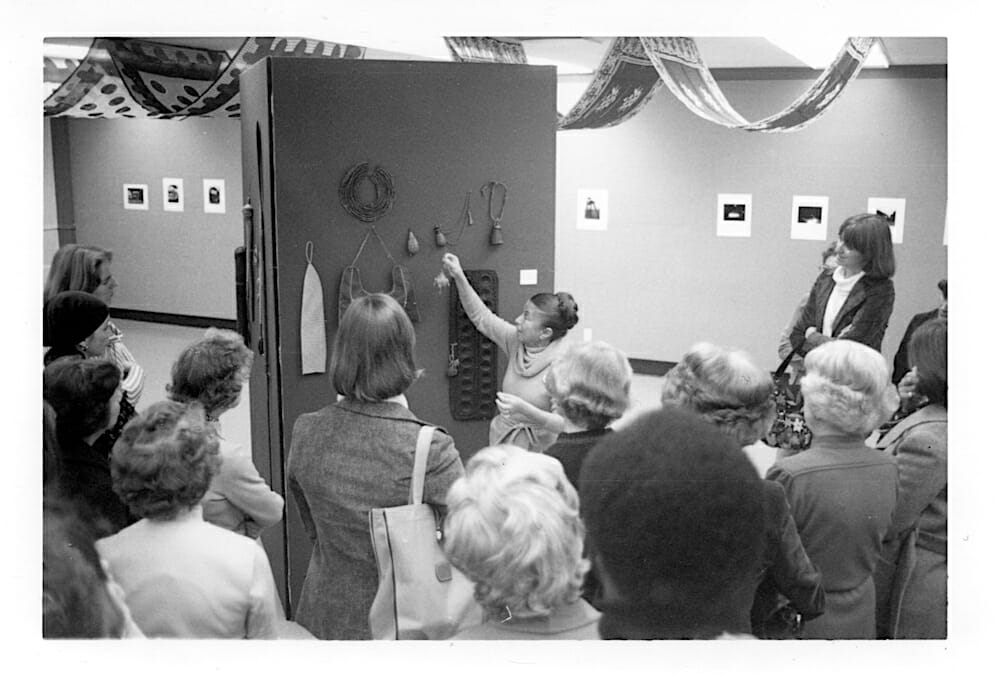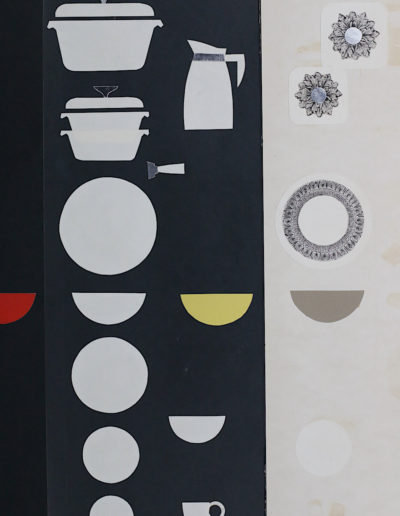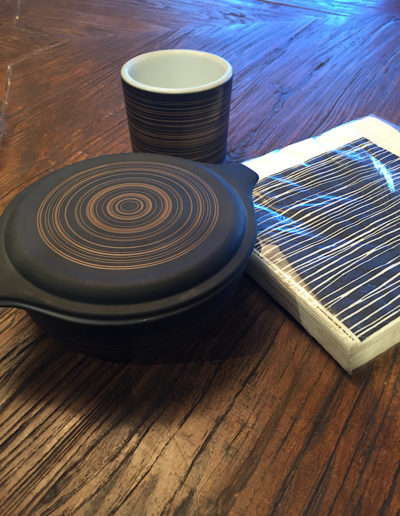
Sara Little Turnbull
Product Designer & Innovator
Sara Little Turnbull (1917-2015) was a prolific designer, strategic planner, and development consultant in a career that spanned seven decades, from 1935-2005.
Photos © Center for Design Institute
Design is for people—to fill our needs, to make our lives easier and more graceful, to sharpen our awareness, and perhaps to uplift us in the process.
Sara trained in design, but she was a pioneer in the use of applied cultural anthropology. As a young, single female, Sara traveled the world for her clients to better understand the cultures of places like Borneo, Malaysia, the Philippines, Kenya, India, and more. From a poor immigrant family, Sara attended Parsons School of Design through generous scholarships. By 1941, she was serving as an Editor of House Beautiful, where she helped identify and influence major changes in the American lifestyle. In 1958 she left to begin her design consultancy.
Sara’s long list of well-known companies that she worked with includes Corning, 3M, Procter & Gamble, General Mills, and Revlon. Products on which her influence has been felt range from the molded medical mask to beautiful and exceptionally functional cookware. She referred to her work as creating “tools for living.”
In 1988, Sara joined Stanford University as a Consulting Professor in the Graduate School of Business, where she mentored business leaders of the future on the importance of design. She helped students understand that culture and its influence on product design create a definitive advantage in the competitive world. At Stanford, she was also Director of the Process of Change: Laboratory for Innovation and Design. Today, this Lab has been reintegrated into Sara’s Center for Design, a study center in Seattle. The Center contains a collection of 3,500 inspirational artifacts from her world travels, showing evidence of how society reflects cultural, commercial, and technological advancements.

Sara at Parsons School of Design, 1935.
The worst thing that anybody can ask me to do is to make a new thing. I want to make something better. I want to improve the experience. I’m not interested in the object itself; I’m interested in the behavior. I’m interested in why you want and need things.





